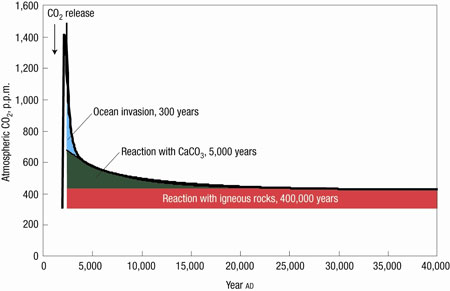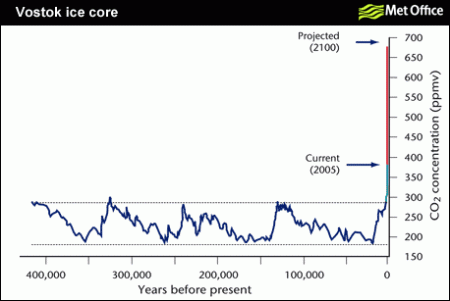One of the most interesting things about Richard Rhodes’ detailed history of the making of the atomic bomb is the way it gives the reader a better sense of context. This is especially true when it comes to things happening in very different places and spheres of life. It would take an unusual facility with dates, for instance, to realize how the timeline of research into the abstract physical questions about the nature of atoms lined up with political, economic, and military developments.
One grim but interesting example comes from the end of Chapter 12. In November 1941, Franklin Delano Roosevelt had just committed the United States to the serious pursuit of an atomic bomb based upon enriched uranium (U235) and three methods for producing the substance were to be attempted: gaseous diffusion, electromagnetic separation, and centrifuges (the approach Iran is using now). On December 7th of that year, the Japanese Navy attacked the American base at Pearl Harbor.
Rhodes describes how Japanese research into atomic weapons began with the personal research of the director of the Aviation Technology Research Institute of the Imperial Japanese Army – Takeo Yasuda – in 1938, and expanded into a full report on the possible consequences of nuclear fission in April 1940. Rhodes also describes a somewhat grim coincidence involving Japan, the United States, and atomic weapons. He describes how ordinary torpedoes would not have worked for the Pearl Harbor attack, because the water was insufficiently deep. As such, the torpedoes used had to be modified with a stabilizer fin and produced in sufficient quantity for the pre-emptive strike to be successful:
Only thirty of the modified weapons could be promised by October 15, another fifty by the end of the month and the last hundred on November 30, after the task force was scheduled to sail.
The manufacturer did better. Realizing the weapons were vital to a secret program of unprecedented importance, manager Yukiro Fukuda bent company rules, drove his lathe and assembly crews overtime and delivered the last of the 180 specially modified torpedoes by November 17. Mitsubishi Munitions contributed decisively to the success of the first massive surprise blow of the Pacific War by the patriotic effort of its torpedo factory in Kyushu, the southernmost Japanese island, three miles up the Urakami River from the bay in the old port city of Nagasaki. (p.393 paperback)
That attack – launched partly in response to the American embargo of aviation fuel, steel, and iron going into Japan – sank, capsized, or damaged eight battleships, three light cruisers, three destroyers, and four other ships. The two waves also destroyed or damaged 292 aircraft, and killed 2,403 Americans, while wounding another 1,178. More than 1,000 people were killed just in the sinking of the U.S.S Arizona.





